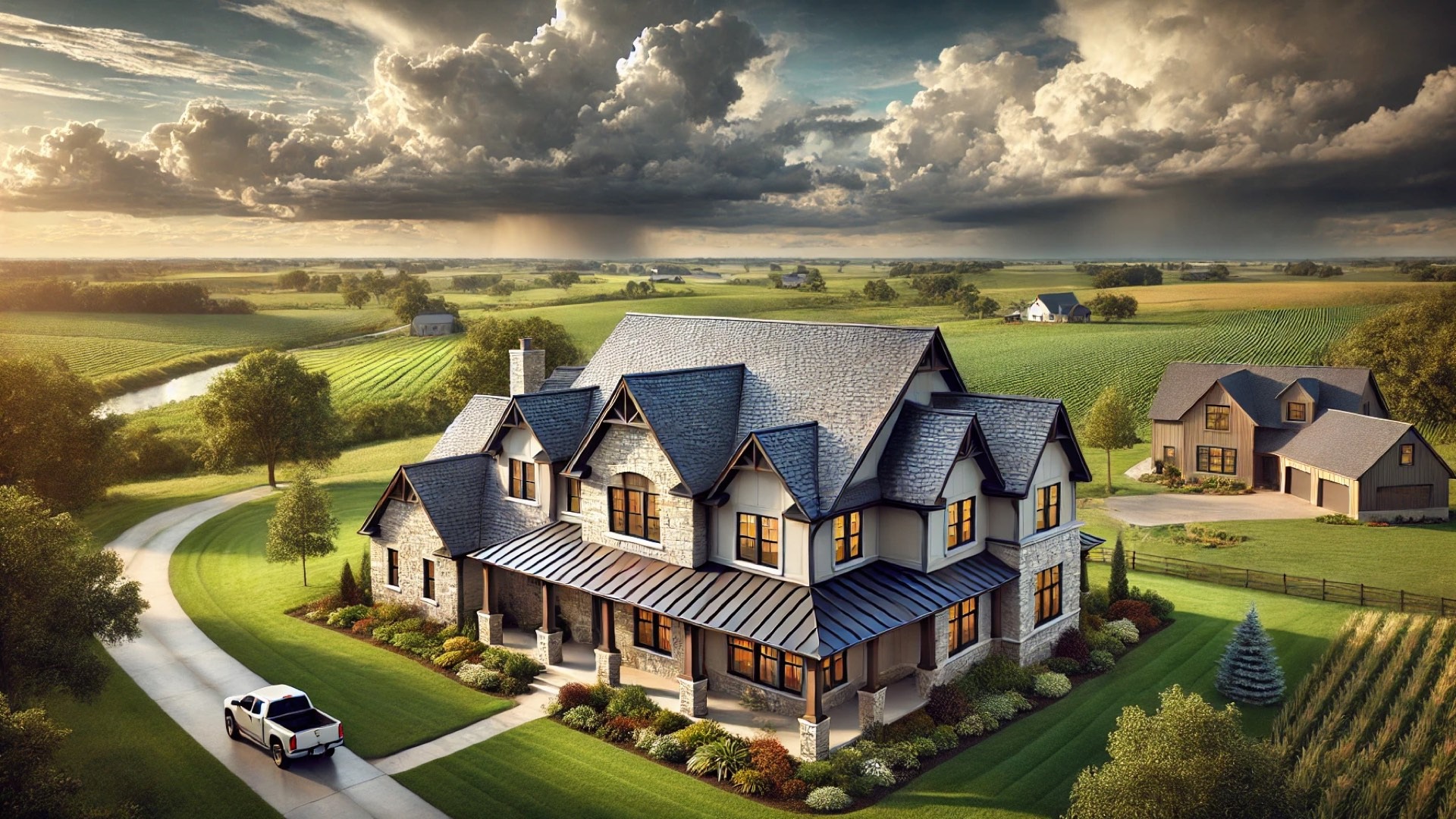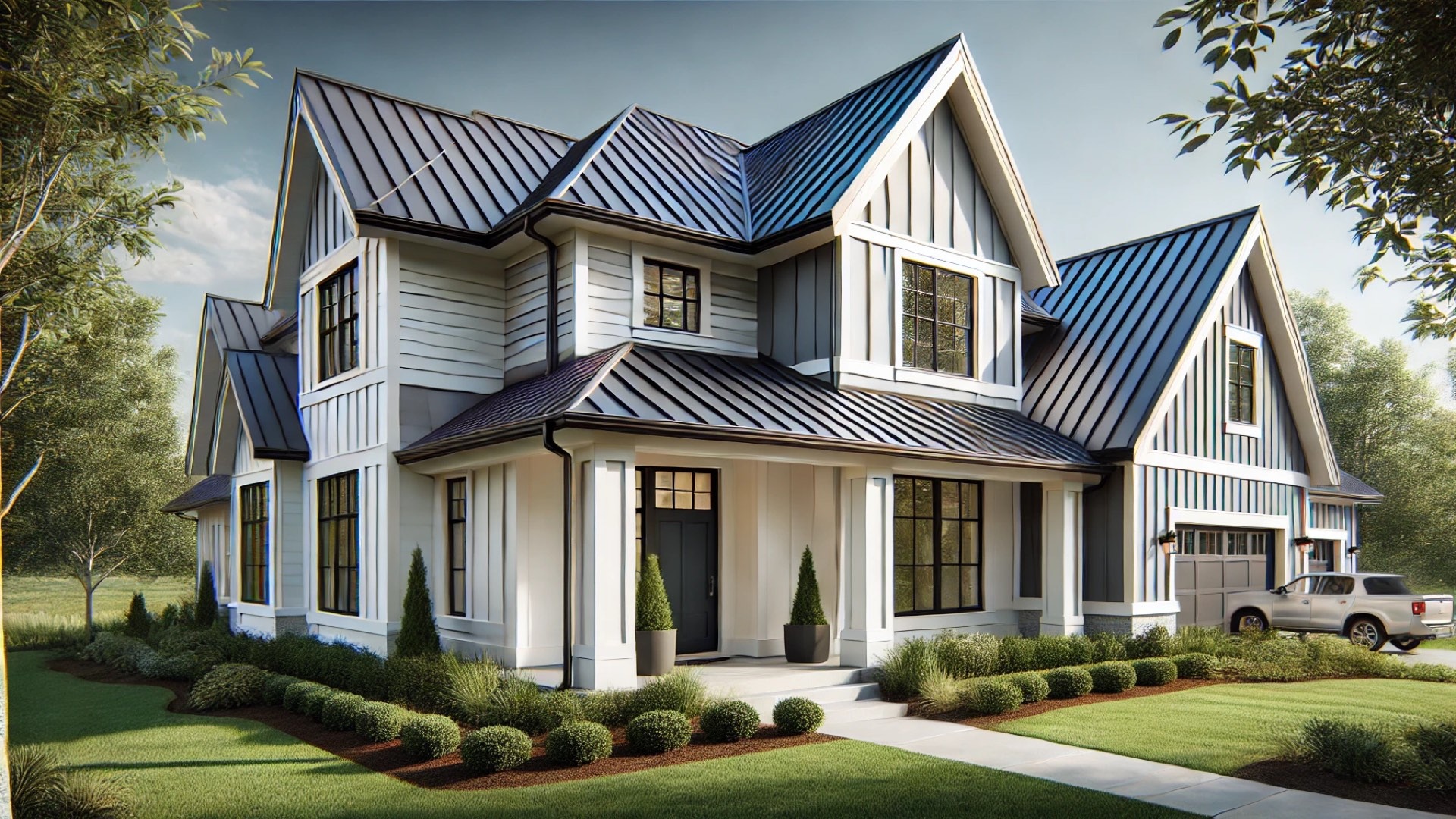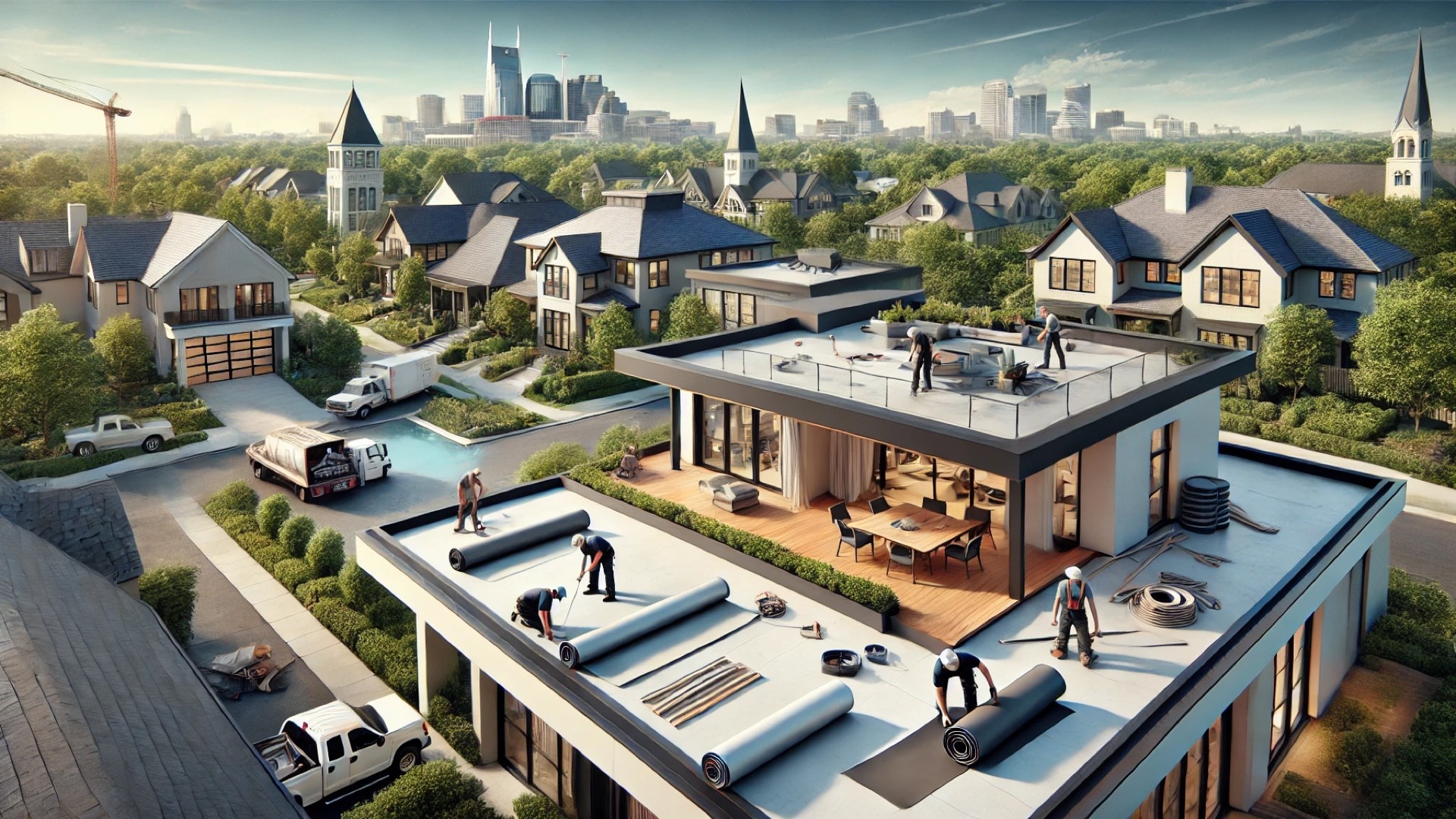
Understanding Roof Pitch: A Key to Architectural Aesthetics
The pitch of a roof is not just a matter of function, but a critical component of its aesthetic appeal. For homeowners with properties valued at over a million dollars, often nestled in historic or upscale neighborhoods, the aesthetics of timing roof design with the architectural integrity of the home is paramount. Understanding how to accurately calculate the pitch can lead to enhanced beauty and performance of your roof.
What is Roof Pitch?
Roof pitch refers to the steepness or slope of a roof. Typically expressed as a ratio of vertical rise to horizontal run, roof pitch not only determines the overall shape of a building but also affects how water drains and how durable the roof may be against the elements. The ideal pitch varies based on climate, architectural style, and material used. Understanding these elements is crucial in showcasing the craftsmanship and quality associated with high-value properties.
Historical Context: The Evolution of Roof Design
Historically, the pitch of a roof has indicated not just architectural style but also function in various climates. For instance, steep roofs are prevalent in snowy regions to prevent the build-up of heavy snow, while flatter roofs are more common in arid climates where rainfall is minimal. By understanding this evolution, homeowners can better appreciate how architectural choices reflect environmental responsiveness and aesthetic sensibilities.
Calculation Techniques: Stepping into Practicality
To calculate the pitch accurately, a simple formula can be used: 1. Measure the vertical rise from the eaves to the peak of the roof. 2. Measure the horizontal run, which is typically 12 inches. 3. Divide the rise by the run to express the ratio. For example, if your roof rises 6 inches for every 12 inches of horizontal run, your pitch would be 6:12. This knowledge empowers property owners to effectively assess and maintain their homes, ensuring that their exquisite architectural features remain intact.
Why Roof Pitch Matters to Property Owners
The aesthetic and functional aspects of roof pitch are intertwined. A well-designed roof can enhance curb appeal, increase property value, and align with historical styles that may need preserving. For homeowners in upscale neighborhoods, understanding these nuances can inform decisions about repairs, renovations, or new builds, ensuring that the property's architectural character is maintained.
Future Trends: Sustainable Designs and Innovations
As building codes evolve and sustainability becomes a central focus, the pitch might also adapt to incorporate innovative materials and designs that enhance durability while being eco-friendly. Features such as green roofs or integrated solar panels could lead the way for future constructions, reflecting a commitment to sustainable luxury and architectural elegance.
As we delve deeper into the art of calculating roof pitch, we encourage property owners and design enthusiasts to value this knowledge not just as a technical skill, but as a means to preserve and enhance the beauty of their homes. Understanding these principles leads to a greater appreciation for the architecture surrounding us, inspiring us to play a role in its lasting legacy.
If you're looking to preserve the integrity of your property's architecture and would like more insights on enhancing your home’s aesthetic appeal through informed design choices, now is the time to act. Explore innovative materials and techniques that can elevate the beauty of your living space.
 Add Row
Add Row  Add
Add 




Write A Comment